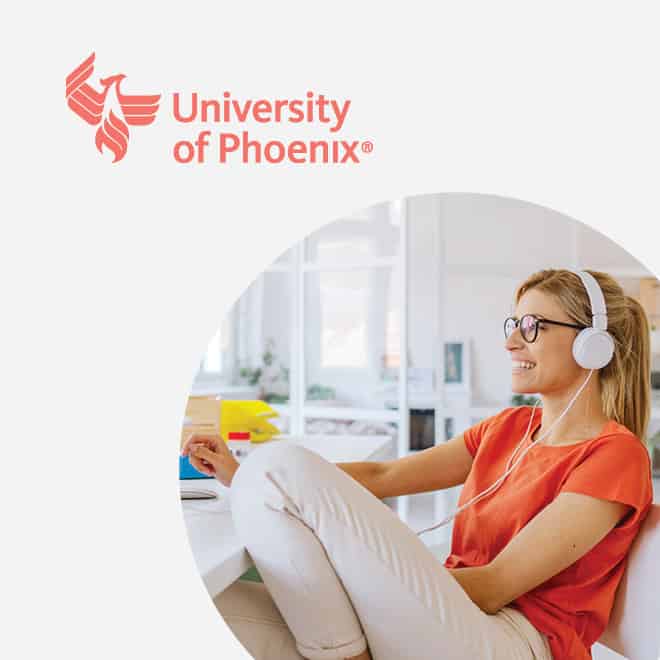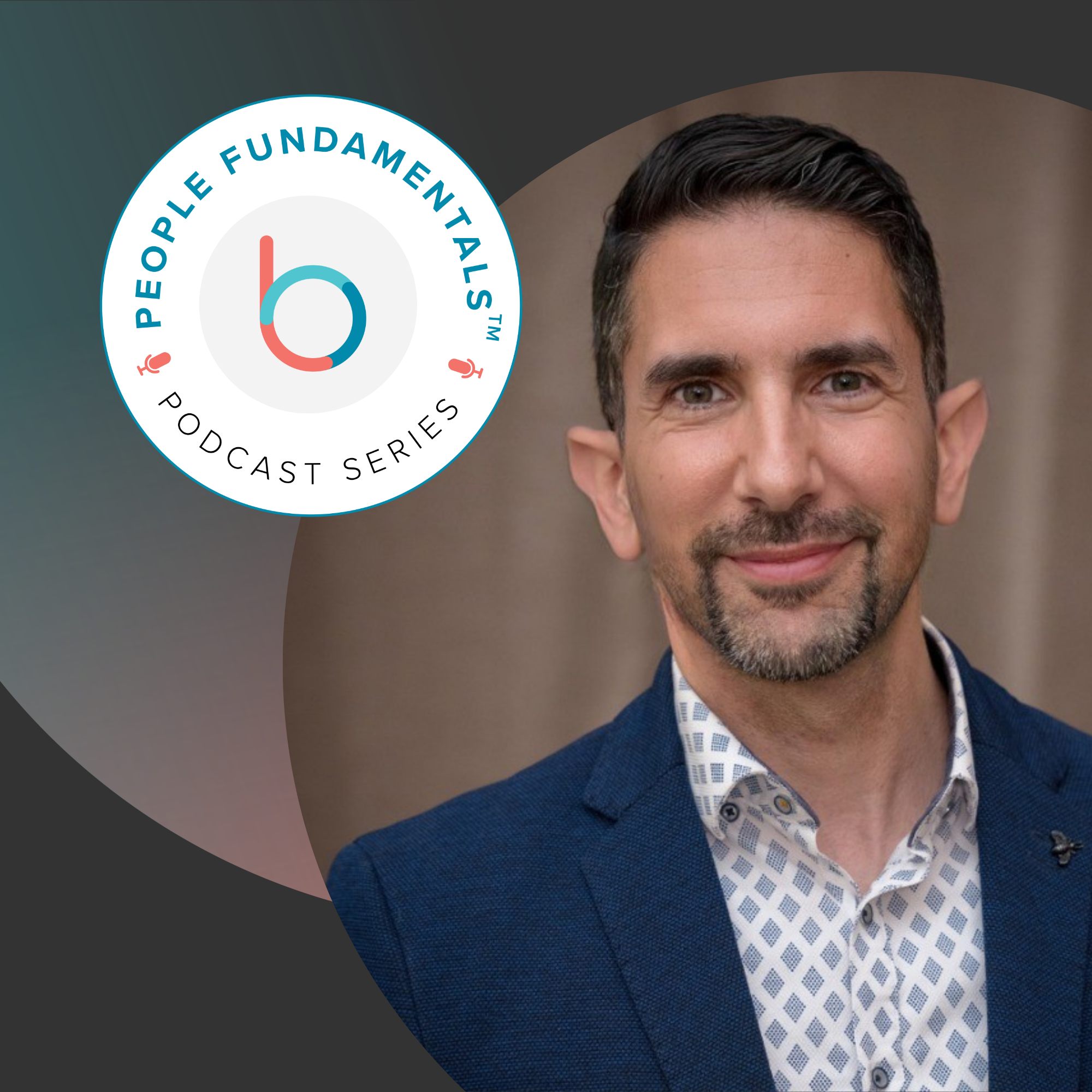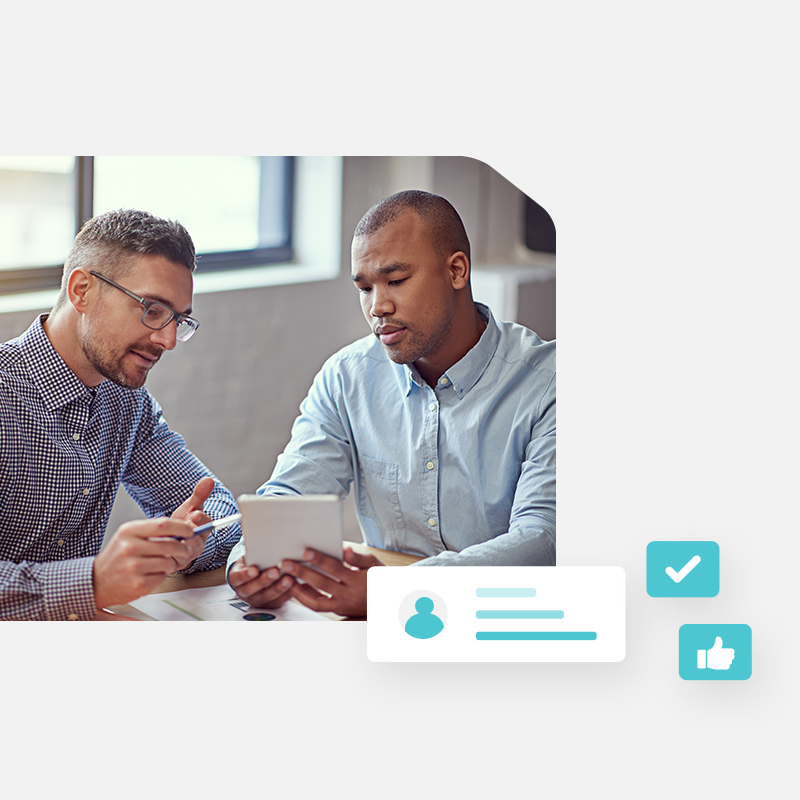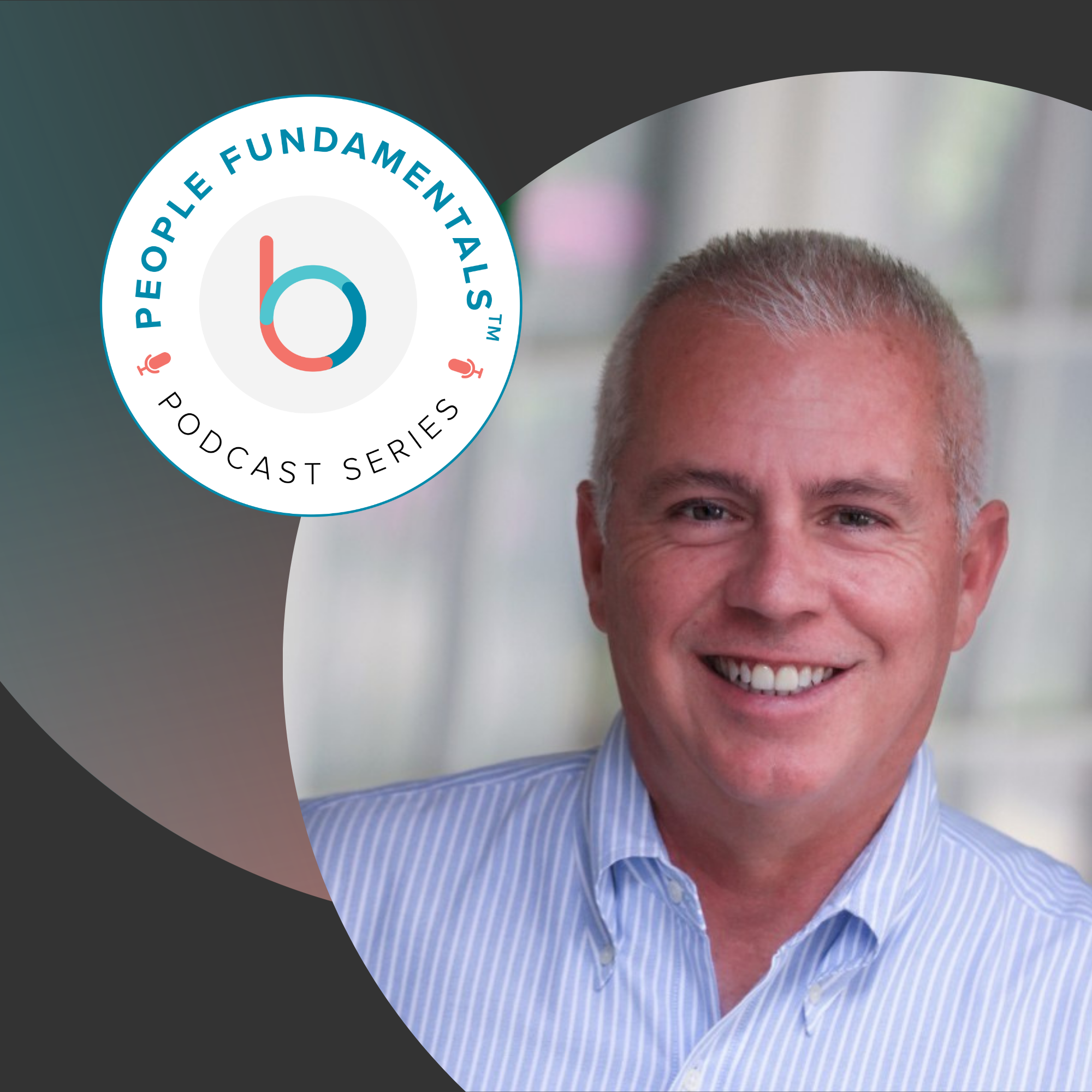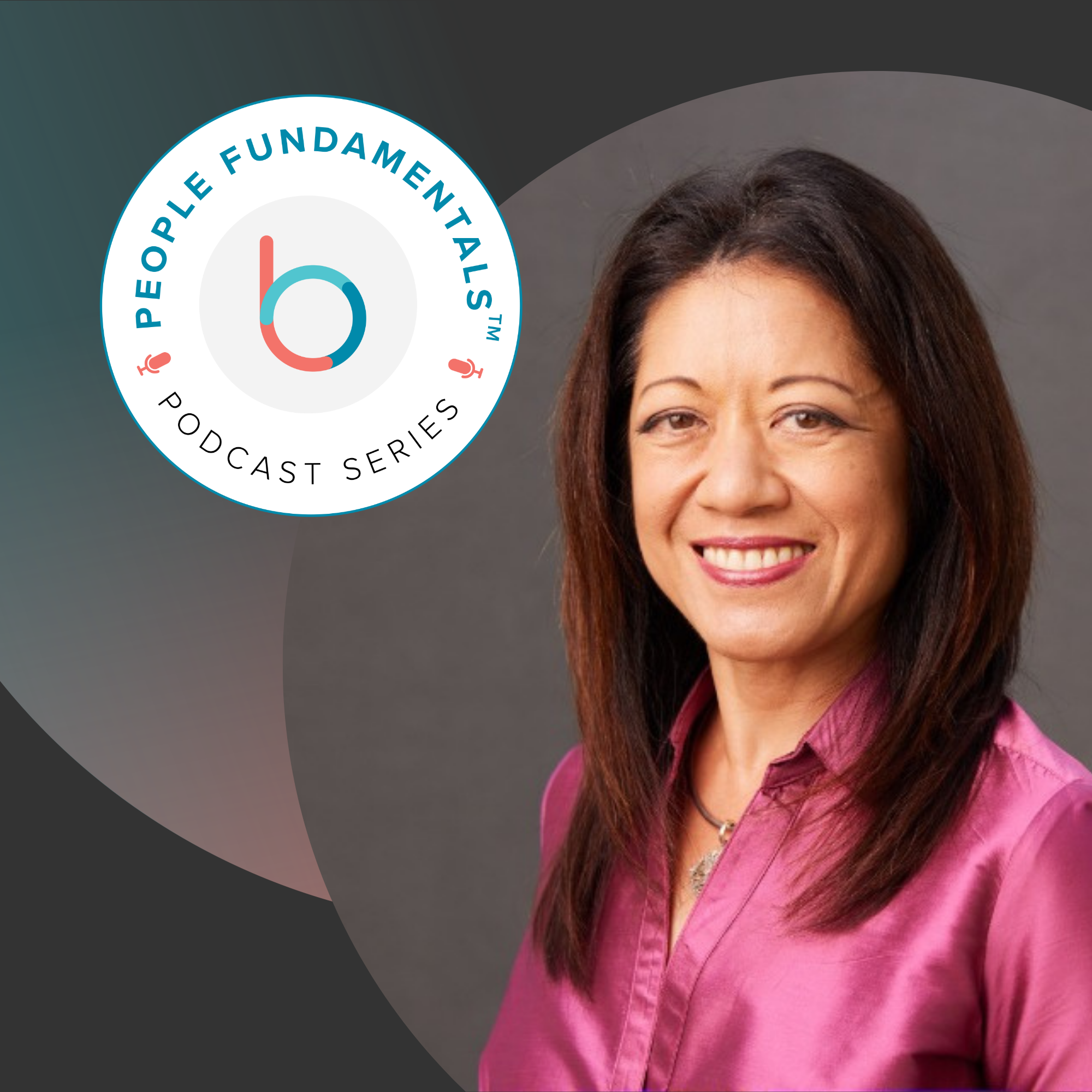If you live in the United States, odds are you’ve heard of the University of Phoenix – the affordable, always-on higher-education experience. The University provides access to education opportunities that enable students to develop the knowledge and skills necessary to achieve their professional goals, improve their organizations, and provide leadership and service to their communities. Internally, staff at the university we’re looking to propel some objectives of their own as well.
In order to meet their goals of continuing education while enabling their workforce, The University of Phoenix underwent two important changes four years ago: the institution moved from a public company to a private one, and the new president, Peter Cohen, took the helm. These changes prompted Peter and VP of Talent Management Jeff Andes, to work together to unify staff and prioritize a more agile approach to their work.
“As an HR professional I’ve always said, I don’t love the tactical parts of HR. what I do love is helping a business achieve their strategy and goals,” said Andes. Soon Jeff was assessing which platform would be agile enough to grow his vision and provide his team with the framework of a fresh performance development model of flexible touchpoints.
To learn more about why Jeff isn’t a fan of the tactical parts of HR and why the University of Phoenix no longer uses antiquated annual performance reviews, watch this short testimonial from Jeff Andes.
Andes needed the University of Phoenix leadership team to adopt an entirely new philosophy of ongoing communicative check-ins, and progressive goal setting. Not to mention the staff at the University of Phoenix weren’t looking to adopt yet another complicated system. Whatever the team chose needed to be easy to use and understand.
While the University of Phoenix waited to complete an existing contract with another large HR platform (which the team used for annual performance reviews), the team began to develop and implement a new objectives and key results (OKR) philosophy. Andes named the new performance management program “Everyday Performance Development,” in order to begin training his team to think of communication and objectives as part of an ongoing, organic, strategy.
“I knew the success of this program hinged on the behavioral changes seen in our leaders and our employees, who could now focus on honest, transparent, ongoing conversations,” said Andes.
Once the University of Phoenix’s legacy tool was retired the team immediately collaborated with Betterworks to embedded the Betterworks’ professional services group into the organization to create a solution together based on the needs and makeup of the business.
The University of Phoenix’s tactic of focusing on behavioral changes first, before implementing a new solution, made the change management process to Betterworks straightforward and simple. Additionally, the team benefited from ongoing support during the process.
“One of the major differentiators of Betterworks is the team’s partnership and willingness to work with me as a customer. The Betterowrks team has been a true partner to us through this past year and a half and I’ve had so many great conversations with leaders at Betterworks.”
University of Phoenix’s employees can now experience bi-directional communication (both employees and their managers have a say in ongoing conversations and feedback) which has led to the team experiencing more agility and transparency than ever before.
“Within a year we were seeing over 70% participation in check-ins, something we’ve never seen before. We’ve seen employees stay tightly connected with their leaders over this past year, which has led to greater success for the teams overall,” said Andes.
This was especially beneficial during the COVID-19 pandemic, as the team needed to forge new ways to communicate and collectively collaborate. Learn how the team improved employee engagement in a virtual arena via this link.
To learn more about how the University of Phoenix leveraged Betterworks to improve employee engagement and communication while driving business goals, read our case study.
